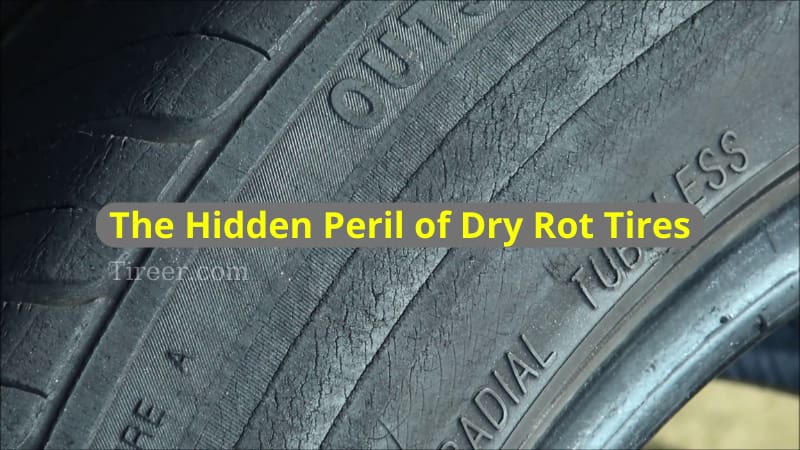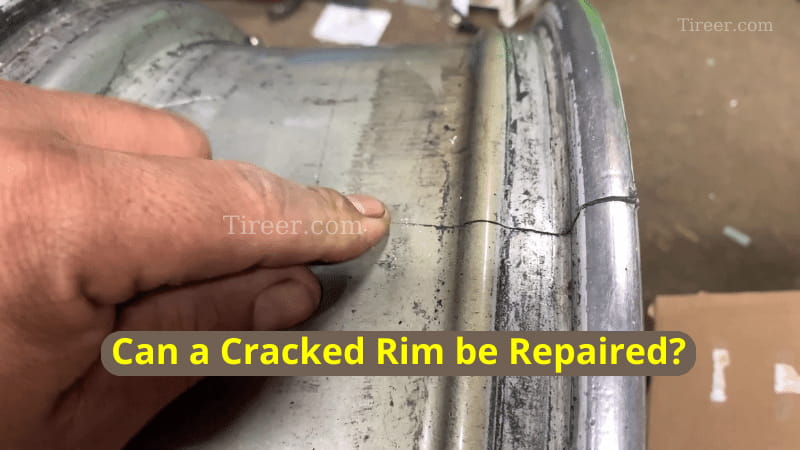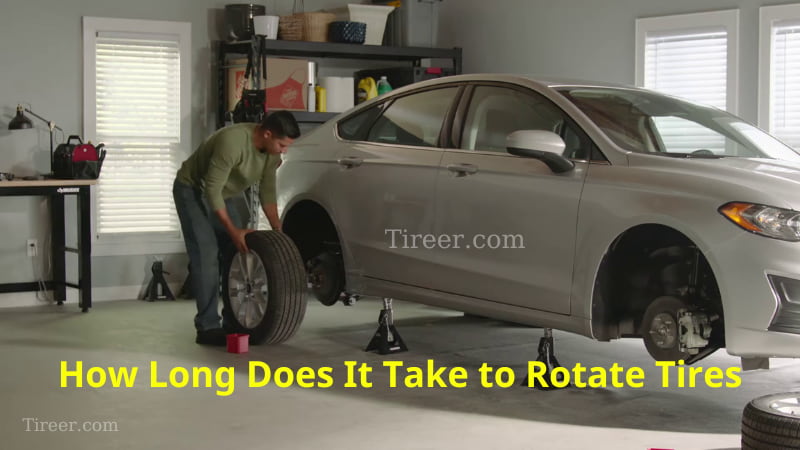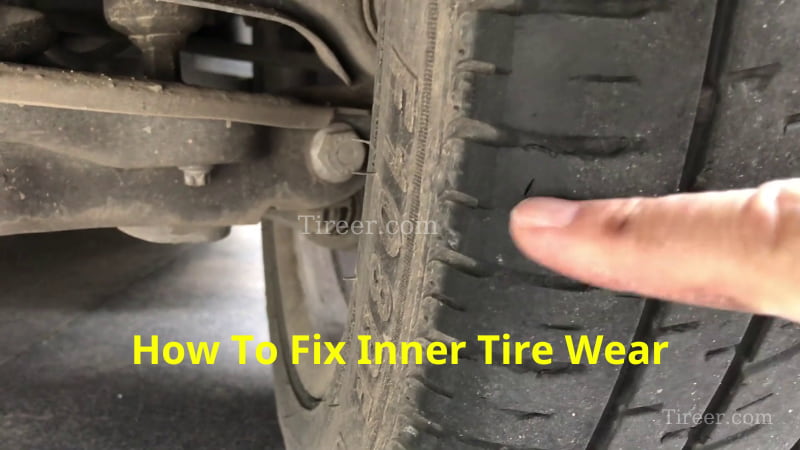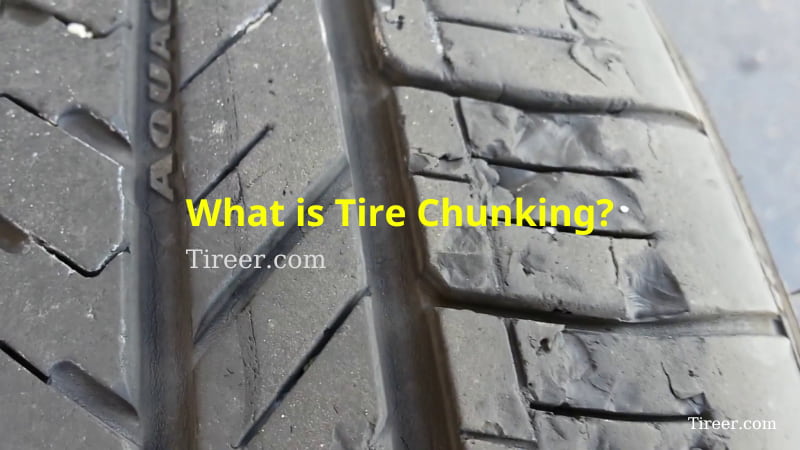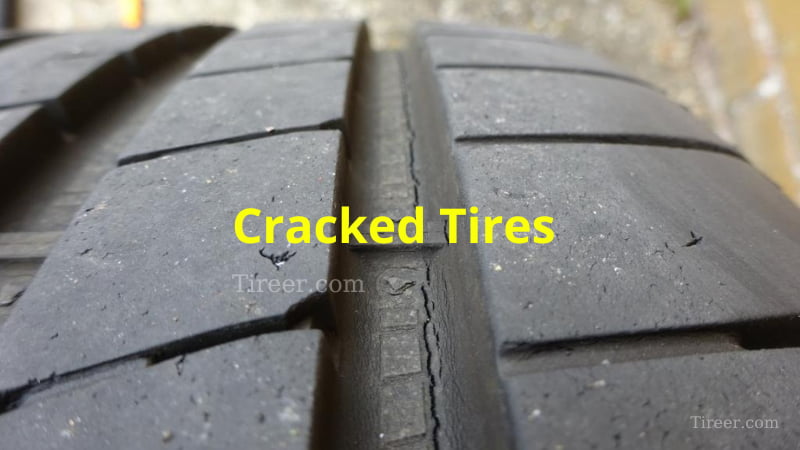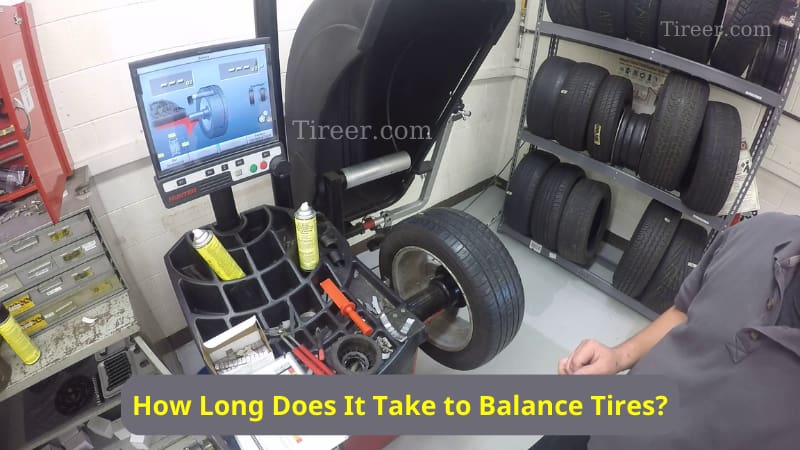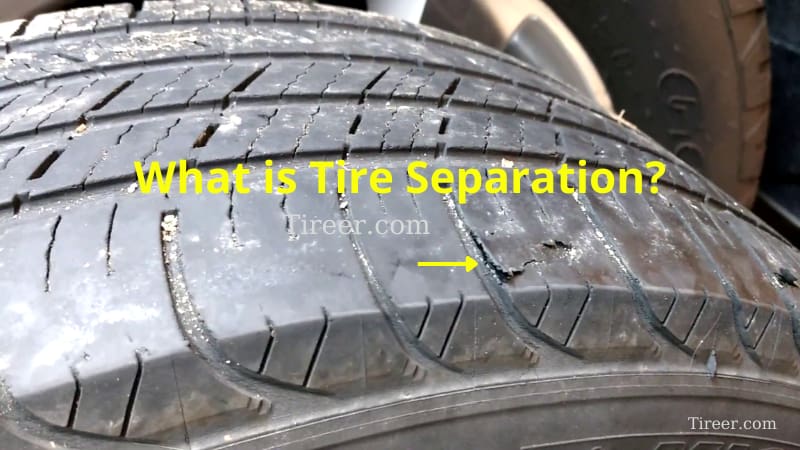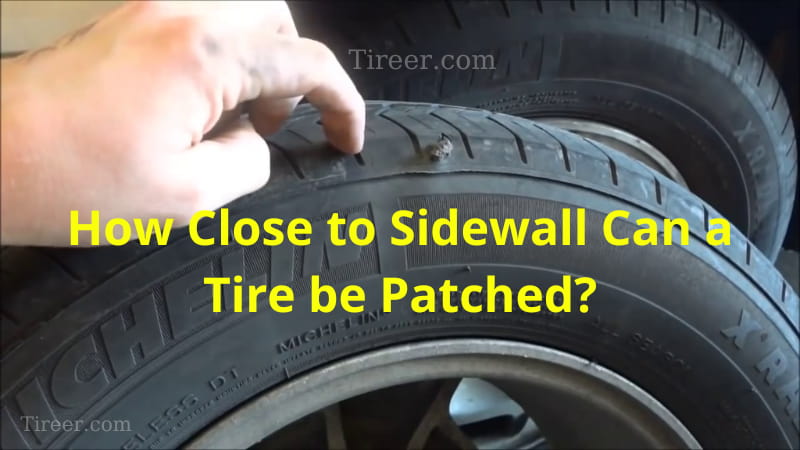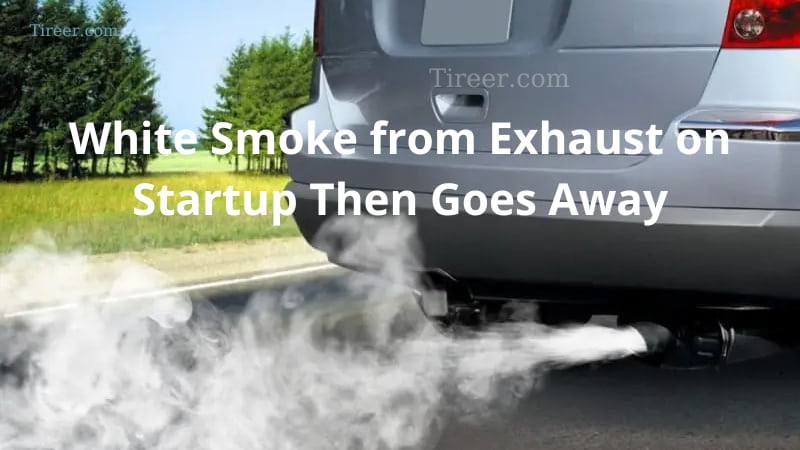The Hidden Peril of Dry Rot Tires
Are you looking into buying used tires online? You might be looking at the images and thinking that you got yourself a deal – a cheap set of tires with a meaty tread. Unfortunately, the tread depth is only part of the story – tires also age over time, i.e., they dry rot.
You might have heard of the issue before, but it’s a real problem that plagues many tires that are still rolling on public roads today. And although it might not look dangerous on the outside, dry rot can significantly reduce the tire’s ability to grip the road, and it is a real safety issue.
But what is dry rot, and why does it occur in the first place? And can you do something about it? Well, there is a lot to discuss here! In this article, I’ll cover the dry rot basics but also go into more detail and tell you about the science of dry rot tires. So, buckle up because it will be a hell of a ride!
